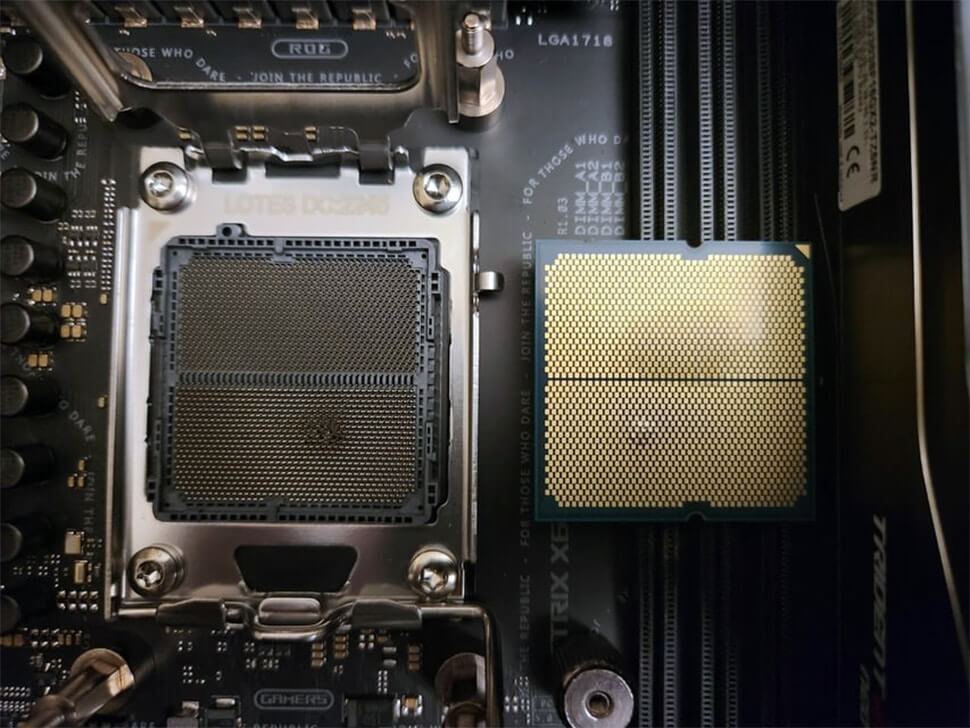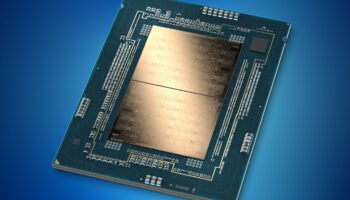We’ve heard multiple reports of Ryzen 7000X3D CPUs melting and damaging the motherboard used along with them. While AMD and its board partners have chalked this down to higher SoC voltages in certain configurations, the idle power profile of the 2nd Gen V-Cache CPUs begs closer investigation. Tests conducted by Igor’s Lab show that the Ryzen 9 7950X3D draws as much as 130W at idle when there’s little to no workload.
| State | Power Consumption |
| Idle Peak (PBO/CO-15) | 130.04 W (124.73 W) |
| Idle AVG (PBO/CO-15) | 50.531 W (45.952 W) |
| Blender Peak | 189.586 W |
| Prime95 (small FFTs) Peak | 170.352 W |
The Ryzen 9 7950X3D has a TDP of 120W and a PPT (peak) of 162W. Therefore, while this number is within spec, it indicates a buggy idle power profile. I’m not sure whether this is due to the cores coming online too often or a few cores hogging the power, but it’s possible this has to do with a core parking bug.
The Ryzen 9 7950X3D sips up to 190W of power in heavily multi-threaded loads like Blender and Cinebench, which is slightly over spec, but nothing to worry about. To conclude, the high idle draw has nothing to do with reports of dying X3D chips but may hide an underlying issue with the Ryzen 7000X3D family. Perhaps the parts were released in a hurry, or the clocks were pushed too high. Or, more likely, board partners didn’t get enough time to optimize their platforms for these cutting-edge parts.






